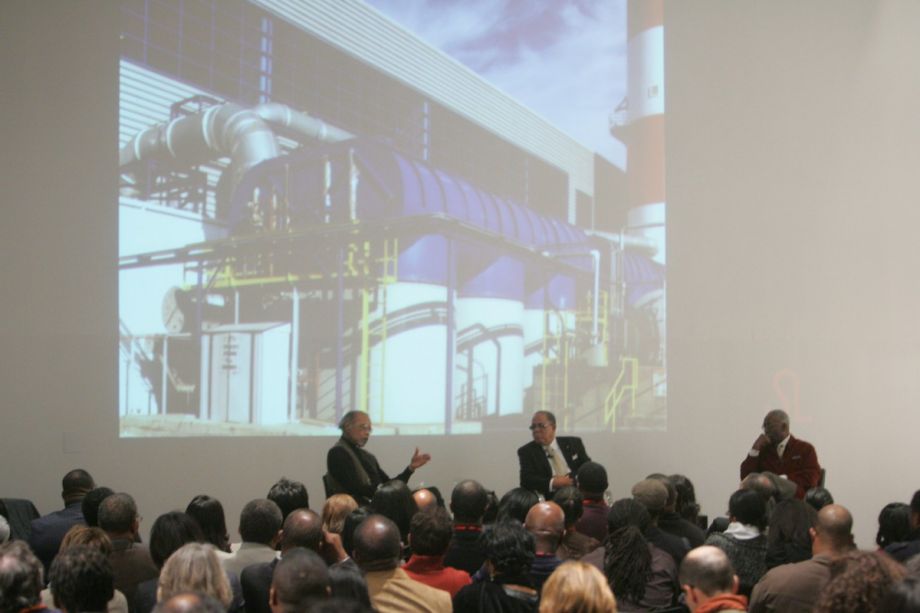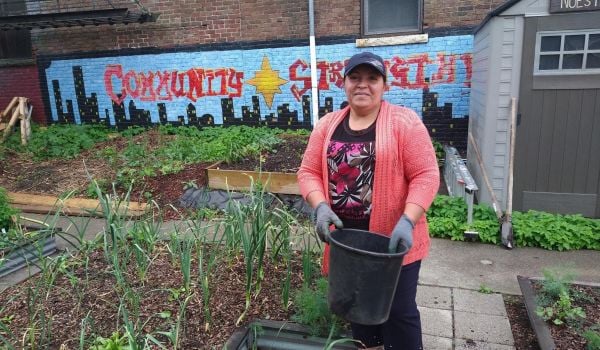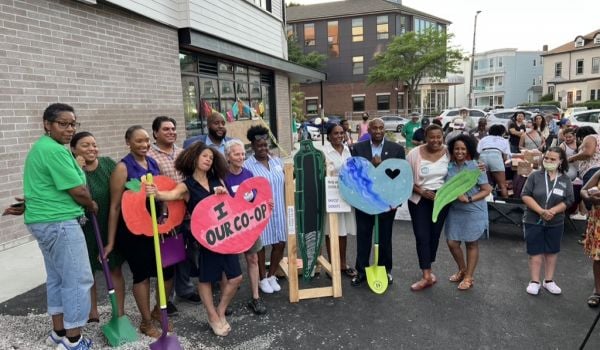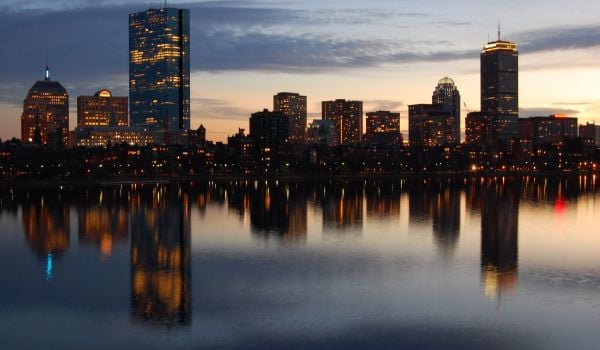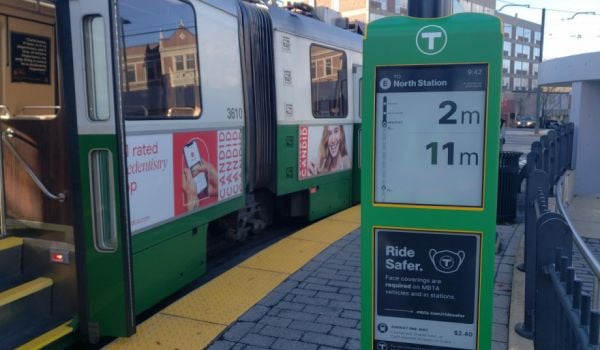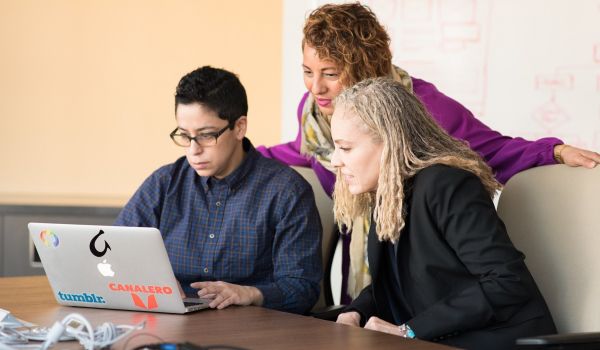Earlier this month, the Harvard Graduate School of Design’s Loeb Fellowship welcomed its alumni, current Fellows and guests to Cambridge, Mass., for a reunion and celebration of the Fellowship’s 40th anniversary. Brandy Brooks joined the gathering as a social media reporter-in-residence and FOF (Friend of the Fellowship).
Forty is one of those landmark birthdays where you pause to take stock of what you’ve accomplished so far, and to look out to what’s ahead of you. In the best cases, you reflect on many happy, productive years; plan for those goals you’re still working on; and bring your friends out for a fantastic party.
By any measure, the Loeb Fellowship had a best-case birthday.
Urban Futures, the Loeb 40th Anniversary Reunion, offered plenty of opportunity for celebratory reflection. I was stunned by the sheer range of the Loeb Fellowship: The event brought together 434 Fellows hailing from 36 states and the District of Columbia plus 12 countries. Robert Liberty LF ’03 presented on the cluster of Loeb Fellows working in and around Portland, OR; and Marcel Acosta LF ’01 noted the similar aggregation of Loeb Fellows in city and federal planning positions in Washington, DC.
There’s also a clear recognition in the selection of Fellows that a wide variety of people should and do play a role in forming our built and natural environment. Fellows include artists, public officials, community activists, nonprofit executives, educators, entrepreneurs, lawyers, writers and farmers – accompanied, of course, by a healthy crew of architects, landscape designers, planners and developers. By mixing these individuals together for a year of study and exploration, the Loeb Fellowship prompts new connections that generate significant innovations in urban and rural development, as well as lifelong friendships.
Many of the presentations focused on the work ahead for past, present and future Loeb Fellows: effectively using technology and the arts to build communities; understanding the challenges and opportunities of regional planning; and preparing ourselves and future generations to design with residents of informal settlements in the US as well as abroad. In individual presentations, discussion panels, and pecha kucha-style Loeb University sessions, practitioners and researchers offered up inspiring examples of innovation to stimulate out thinking about the next phase of human habitat development.
Some of the work yet to be done remains to be discussed. The two opening events of the conference – a presentation by Phil Freelon LF ’90 and David Adjaye on the National Museum of African American History and Culture, and a lifetime achievement award and presentation by Don Stull and David Lee – brought together three groups that aren’t often in the same place: the Loeb Fellows, Boston Society of Architects lecture attendees, and participants in the National Organization of Minority Architects annual conference. The gathering was truly remarkable in its diversity … and ultimately, that’s the problem. At the GSD, in the design professionals generally, and even in a progressive program like the Loeb Fellowship, ethnic and racial diversity are still far too unusual; and while these three groups co-located for a while, it’s still unclear how much real exchange occurred among attendees from the different crowds. I hope that when I’m a Loeb attending the 80th Anniversary, it’ll be much more difficult to tell the difference between a NOMA conference and a Loeb Reunion. (My application is still a few years out.)
Ultimately, even these reflections were part of the beauty of the weekend – rather than just resting on its laurels, the Fellowship was looking ahead to what it must still do as well as looking back on its proud moments. And all of this reflection took place among a collection of my professional heroes: individuals with a passionate commitment to improving our cities, towns and regions, who truly believe in values like equity, justice and participation for the built and natural environment.
And of course, we wrapped up with a fantastic party. A reunion doesn’t get much better than that.

